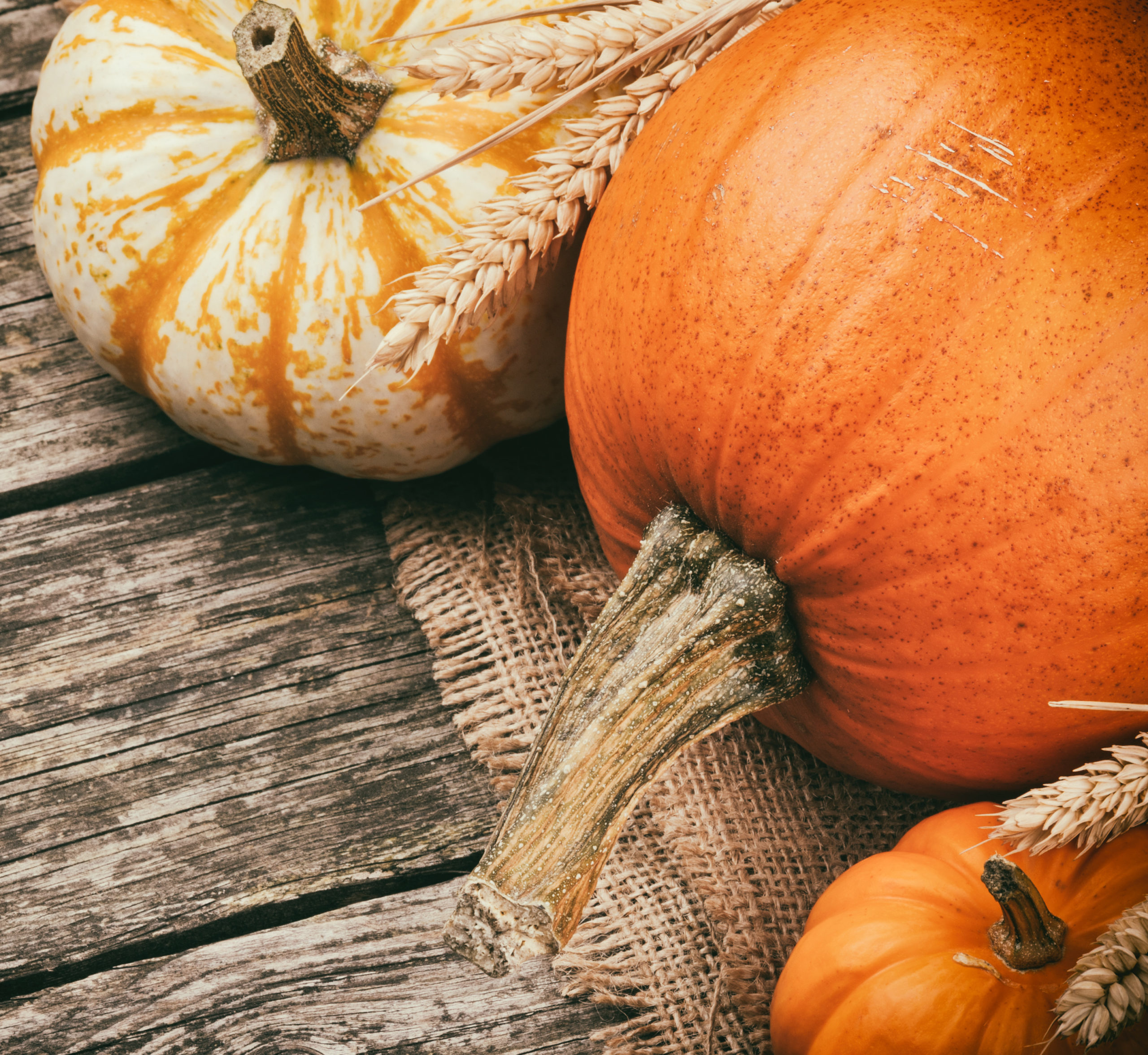Take advantage of all the benefits this fall favorite has to offer! Did you know a pumpkin is categorized as a fruit because of its seeds? Unlike some other fruits, every part of the pumpkin is edible, including the seeds, flowers, leaves and the “meat” of the fruit. Just make sure to take out the stringy part that the seeds are attached too! You can eat the flowers raw or add them to a salad. The seeds can be dried and roasted, the leaves can be used as a substitute for spinach in some recipes and the “meat” can be made into puree for pies, breads, muffins and more.
When adding pumpkin to your diet, it’s important to know what nutrients you’re receiving that benefit your body. Pumpkins are full of beta-carotene, a powerful antioxidant that converts into vitamin A once inside the body. Beta-carotene can reduce the risk of certain types of cancer, delay aging and protection against asthma and heart disease. It also gives pumpkins it’s signature orange color. The vitamin C in pumpkin is imperative to your body, as it doesn’t produce vitamin C on its own. Getting your daily intake of vitamin C is imperative for boosting the immune system, keeping skin healthy and protect your eyes.
by Morgan Hill

